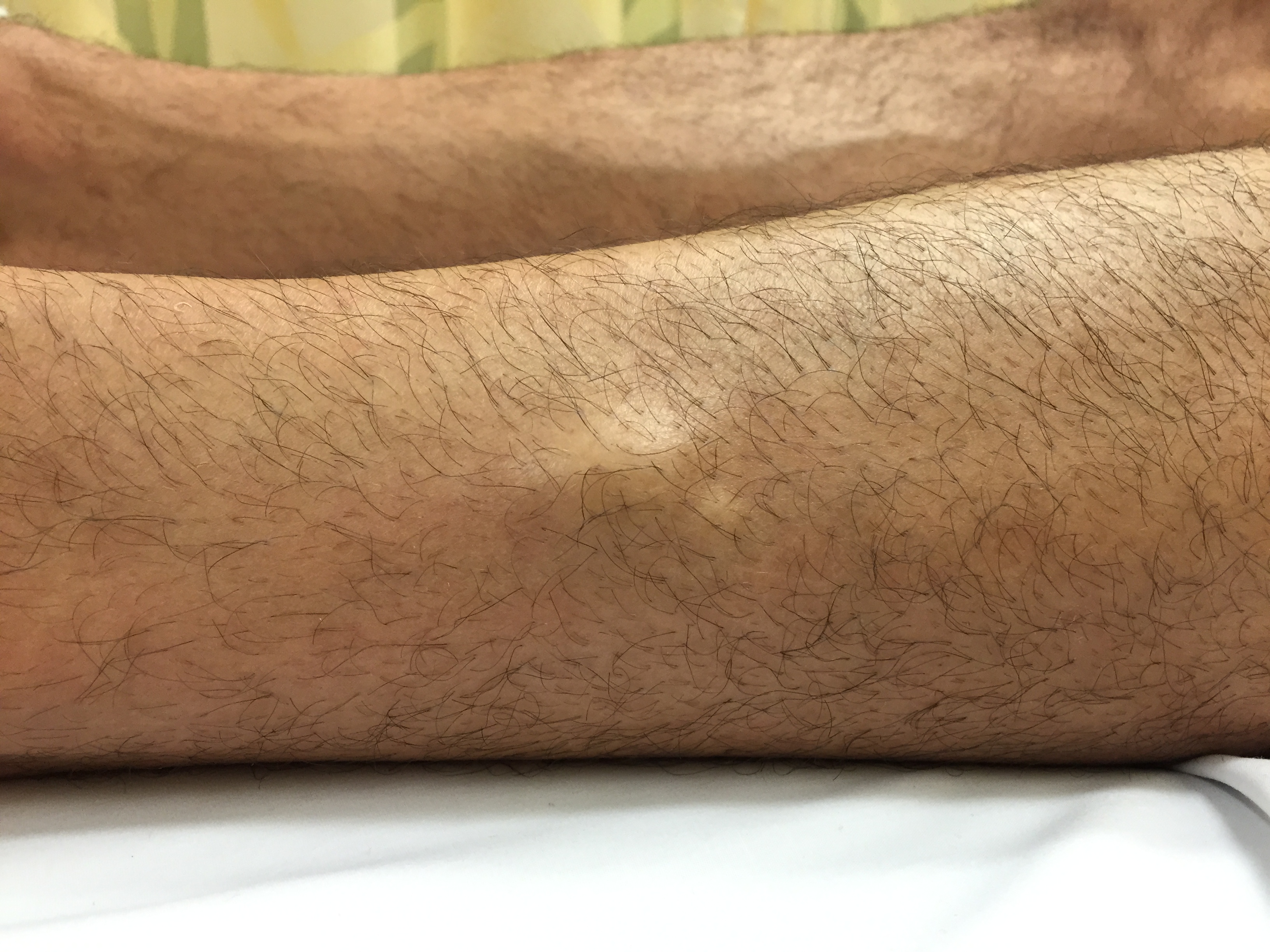Definition
Increased pressure within a closed fibro-osseous space
Aetiology
Seen in athletes, associated with repetitive exertion
Anatomy
Leg
1. Anterior compartment
- anterior tibial artery
- deep peroneal nerve
2. Lateral compartment
- SPN
3. Superficial posterior
- sural nerve
4. Deep posterior
- posterior tibial nerve
- posterior tibial and peroneal artery
Pathophysiology
During strenuous exercise, muscle can swell up to 20 x resting size
- 20% increase in volume
- fixed compartment size
- increased pressure / decrease inflow
Becomes insufficient to meet metabolic needs
- develop pain
Fascial defects
- 40% in exertional compartment syndrome patients
- 5% in normal population
- 1-2 cm
- junction of anterior and lateral compartments
- often at exit of SPN
- with swelling, fascial edge may compress SPN
Incompletely understood phenomenon
Affects
Anterior compartment > lateral compartment
> deep posterior compartment > tibialis posterior compartment
DDx
Stress fractures
Muscle strain
Nerve entrapment
Spinal stenosis
Symptoms
Insidious onset of pain after certain period of exercise
- ache to sharp pain
- predictable and reproducible time and level of exertion
- localised to specific compartment
May get transient numbness or weakness in compartment
Site is tender at time
- may have concomitant muscle herniation thru fascial defect
- may feel increased tension
X-ray
Rule out stress fracture
Bone Scan
May show diffuse uptake along tibia in some cases
- lack of uptake rules out stress fracture
Ultrasound
Fascial defect with muscle herniation

Compartment Measures
Diagnostic
- Too difficult to measure during exercise
- measure before and after exercise
- needle manometry / catheters
- may need ultrasound to accurately insert into deep posterior or tibialis posterior
Diagnostic levels
1. > 15 before exercise
2. > 30 1 minute post exercise
3. > 20 after 15 minutes
Management
Non Operative
Reduce activity
- NSAIDs and orthotic shoes
- not often tolerated by athletes
Surgical Decompression
Compartment
Depends on compartment involved
- usually anterior / lateral
Open
Schmitz et al Int J Sports Med 2004
- open release in 56 patients
- 87% good results
Can get wound issues
Endoscopic
Wittstein Am J Sports Med 2010
- endoscopic release in 14 legs in 9 patients
- 8/9 able to resume previous level of sport
- no NV injuries
- haematomas in 2
